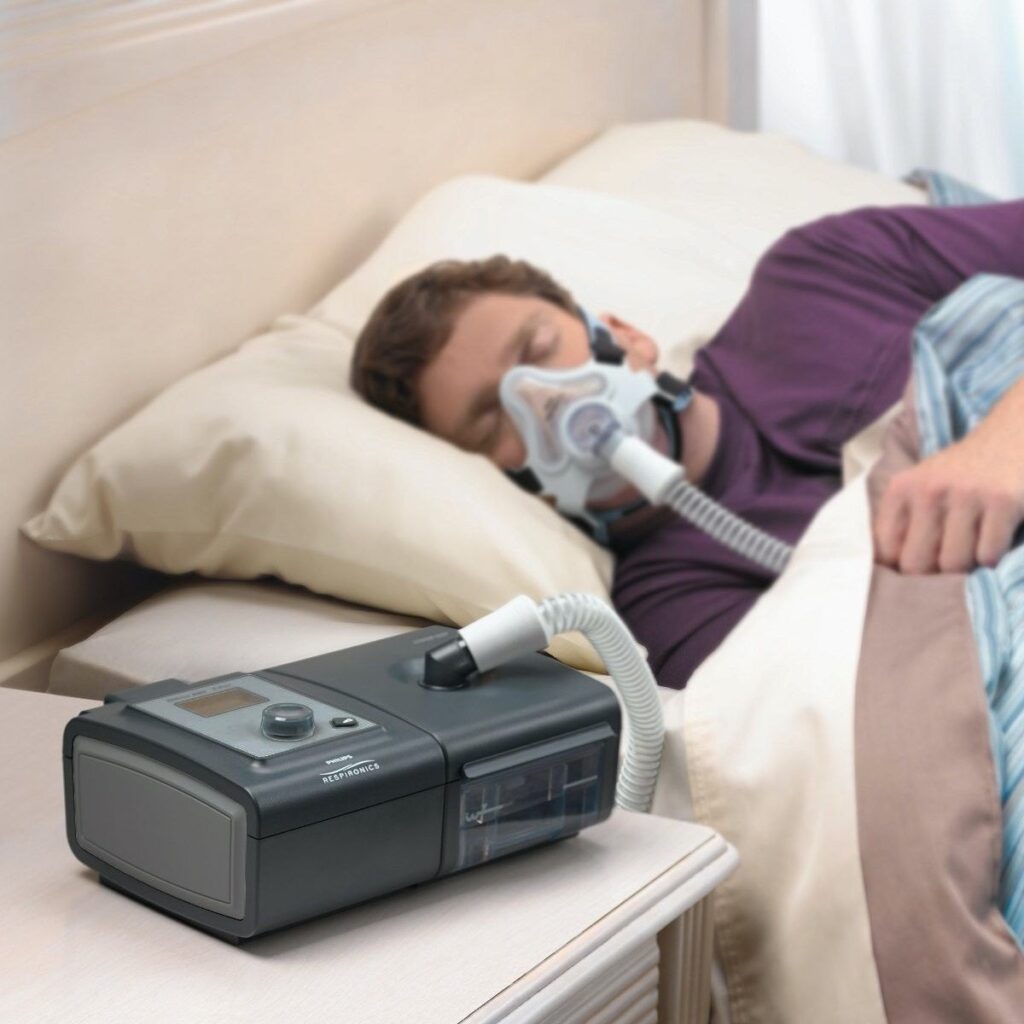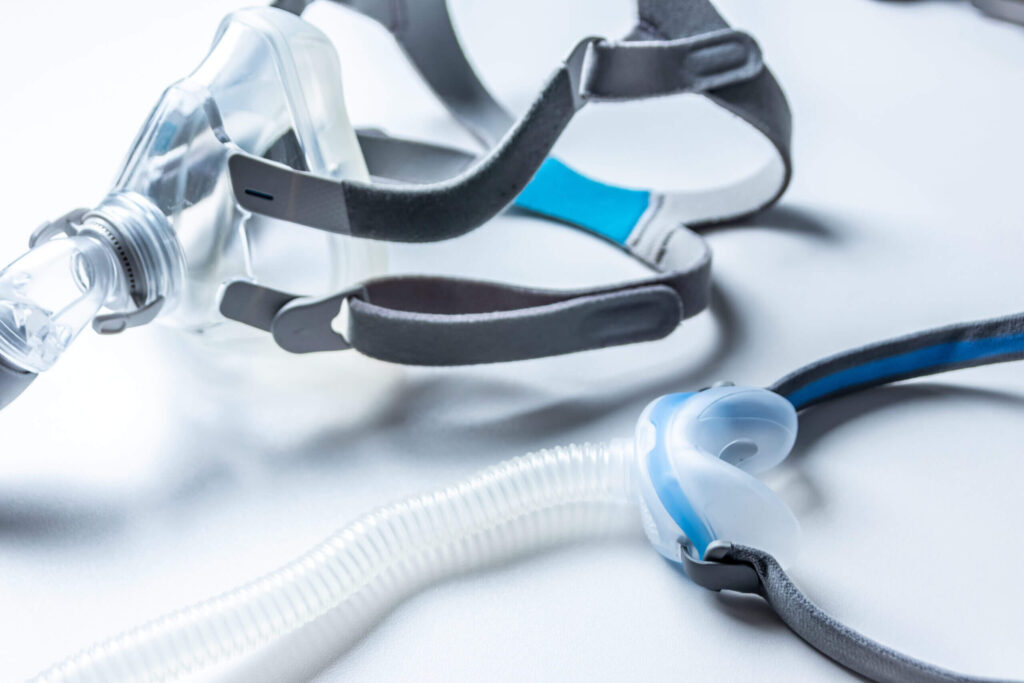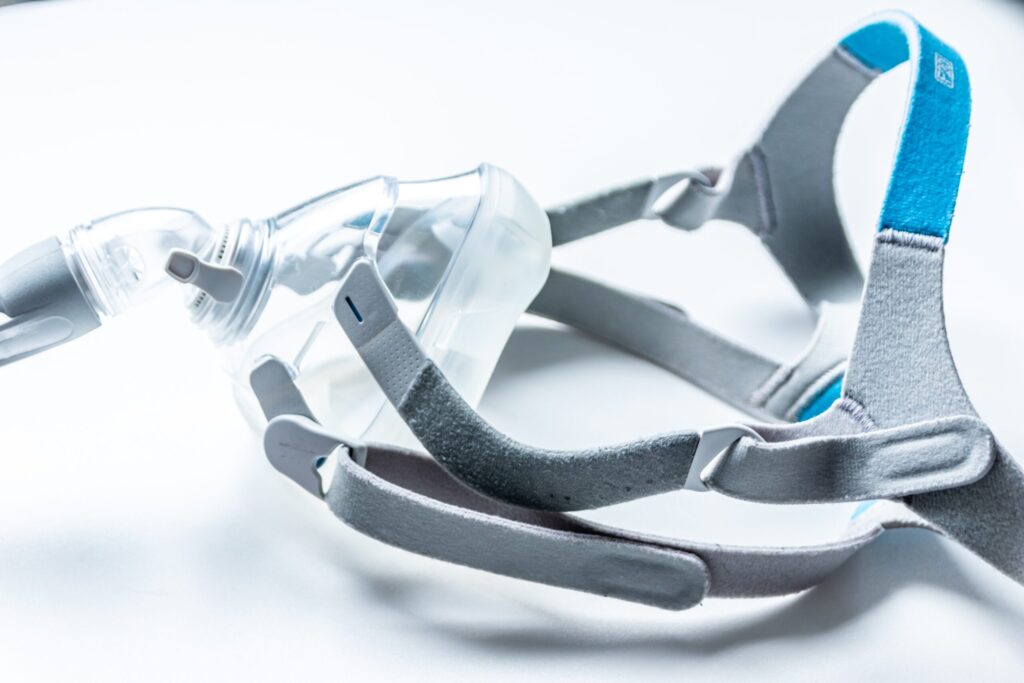ResMed masks are a critical component in the treatment of respiratory conditions, providing essential support to patients in need. To truly appreciate the intricacies of these masks, it is important to delve into the world of design and material science. By understanding the principles behind their creation, we can gain insight into their functionality, durability, and overall effectiveness.
The Basic Principles of Design Science
The field of design science is a fascinating discipline that merges creativity and problem-solving. It encompasses a wide range of industries and applications, including the development of medical equipment. In the realm of medical equipment, design science plays a paramount role in ensuring the development of innovative and user-centric products.
When it comes to medical equipment, such as resmed masks, design science is not just about making things look aesthetically pleasing. It goes beyond that, focusing on creating products that are functional, comfortable, and efficient. The objective is to improve the quality of life for patients and provide them with the best possible experience.
The Role of Design Science in Medical Equipment
In the context of ResMed masks, design science encompasses every aspect of their creation, from initial concept to final production. Experts in this field collaborate with medical professionals and engineers to tailor the masks to specific patient needs and conditions. They take into account factors such as facial anatomy, breathing patterns, and comfort preferences.

Design science also plays a crucial role in ensuring that the masks are user-friendly and easy to use. This involves considering the ergonomics of the design, making sure that the masks fit securely and comfortably on the face, without causing any discomfort or irritation. The goal is to create a seamless integration between the mask and the patient’s daily routine.
See Also: Diving Deep into the Features and Benefits of ResMed AirSense 10
Key Concepts in Design Science
Several key concepts guide the application of design science in ResMed masks. These include ergonomics, aesthetics, and manufacturability. By carefully considering these factors, the masks are designed to not only perform optimally but also to be visually appealing and easy to manufacture.
Ergonomics is a crucial aspect of mask design. It involves studying the interaction between the user and the product, ensuring that the mask fits comfortably and securely on the face. This includes factors such as strap adjustability, cushion materials, and overall weight distribution. By prioritizing ergonomics, ResMed masks aim to provide a comfortable and hassle-free experience for patients.
Aesthetics also play a significant role in design science. While functionality is of utmost importance, the visual appeal of the masks should not be overlooked. ResMed masks are designed to be sleek and modern, with clean lines and attractive colors. This not only enhances the user experience but also helps reduce any stigma associated with wearing a mask.
Manufacturability is another key consideration in design science. The masks need to be produced efficiently and cost-effectively without compromising on quality. This involves selecting appropriate materials, optimizing production processes, and ensuring that the masks can be easily assembled and packaged.
In conclusion, design science is a vital discipline in the development of medical equipment, such as ResMed masks. It combines creativity, problem-solving, and a deep understanding of user needs to create innovative and user-centric products. By considering factors such as ergonomics, aesthetics, and manufacturability, design science ensures that the masks not only perform optimally but also provide a comfortable and visually appealing experience for patients.
The Material Science of ResMed Masks
Material selection is a crucial aspect of mask design, as it directly impacts functionality, comfort, and safety. ResMed masks are crafted from high-quality materials that are carefully chosen to enhance their performance in various settings and provide a positive user experience.
When it comes to medical masks, the importance of material selection cannot be overstated. These masks serve a vital purpose in protecting both patients and healthcare professionals from the transmission of infectious diseases. Therefore, the materials used must meet stringent requirements to ensure their effectiveness and safety.
The Importance of Material Selection in Medical Masks
Medical masks must meet stringent requirements to ensure their effectiveness and safety. The material used plays a significant role in achieving these standards. ResMed masks are crafted from hypoallergenic, medical-grade materials that are gentle on the skin while maintaining durability and reliability.
One of the key considerations in material selection is the hypoallergenic nature of the materials. Many individuals have sensitive skin and can develop adverse reactions when in contact with certain materials. ResMed understands this concern and has carefully chosen materials that minimize the risk of skin irritation or allergic reactions.
In addition to being hypoallergenic, the materials used in ResMed masks are also medical-grade. This means that they meet the highest standards of quality and safety set by regulatory bodies. These materials undergo rigorous testing to ensure they are free from harmful substances and contaminants, making them suitable for use in medical settings.
How Material Science Contributes to Functionality
The functionality of ResMed masks is greatly influenced by material science. Through extensive research and development, materials with specific properties are chosen to ensure an optimal fit, proper breathability, and effective seal. These factors are critical for enhancing patient comfort and treatment efficacy.
One of the key properties considered in material selection is the flexibility of the materials. ResMed masks are designed to conform to the unique contours of each individual’s face, ensuring a secure and comfortable fit. The materials used have the necessary flexibility to adapt to different facial shapes and sizes, providing a personalized experience for each user.
Breathability is another crucial aspect that material science addresses. ResMed masks are designed to allow for adequate airflow, ensuring that users can breathe comfortably while wearing them. The materials used in these masks are carefully chosen to strike a balance between breathability and filtration efficiency, ensuring optimal respiratory protection.
Effective seal is yet another important consideration in material selection. ResMed masks are designed to create a secure seal around the nose and mouth, minimizing the risk of air leakage. The materials used have the necessary properties to ensure a tight seal, enhancing the overall effectiveness of the mask in preventing the transmission of airborne particles.
In conclusion, the material science behind ResMed masks is a testament to the company’s commitment to providing high-quality, functional, and safe products. Through careful material selection, ResMed ensures that their masks not only meet stringent medical standards but also offer a positive user experience. The hypoallergenic, medical-grade materials used in these masks contribute to their functionality, comfort, and safety, making them a reliable choice for healthcare professionals and patients alike.
The Design Process of ResMed Masks
The design process of ResMed masks involves a comprehensive journey from initial concept to final production. It is a collaborative effort that combines creativity, technical expertise, and a deep understanding of patient needs.
ResMed, a global leader in sleep apnea treatment and respiratory care, takes great care in designing masks that provide comfort, reliability, and effective therapy. Let’s delve deeper into the fascinating journey of how ResMed masks come to life.
Initial Concept and Design Development
The process begins with brainstorming and ideation, where designers explore various concepts and evaluate their feasibility. They draw inspiration from a multitude of sources, such as patient feedback, market trends, and advancements in technology. The goal is to create masks that not only meet the functional requirements but also resonate with the users on an emotional level.
During this phase, designers collaborate closely with engineers, clinicians, and other experts to ensure that the masks are not only aesthetically pleasing but also deliver optimal therapy. Through a series of iterative design cycles, the most promising concepts are refined and developed further.
Prototyping plays a crucial role in this phase. ResMed utilizes advanced 3D printing technology to create prototypes that closely resemble the final product. These prototypes are then subjected to rigorous testing, both in the lab and with real patients, to evaluate their performance, comfort, and fit. The feedback gathered from these tests is invaluable in fine-tuning the design and addressing any potential issues.
Final Design and Production
Once the final design is approved, the production phase begins. ResMed’s commitment to quality is evident throughout this stage, as they strive to deliver masks that meet the highest standards of performance and safety.
One of the critical considerations during production is the selection of appropriate manufacturing techniques and materials. ResMed utilizes state-of-the-art manufacturing facilities and processes to ensure consistency and precision. The masks are made from high-quality, hypoallergenic materials that are gentle on the skin and promote a comfortable therapy experience.
Quality control measures are implemented at every step of the production process. Each mask undergoes rigorous inspections and testing to ensure that it meets ResMed’s stringent quality standards. This includes checks for proper fit, seal integrity, and durability.
ResMed’s commitment to continuous improvement is reflected in their post-production monitoring and feedback collection. They closely monitor user experiences and gather feedback to identify areas for further enhancement. This feedback loop allows them to refine their designs and make iterative improvements to future mask models.
In conclusion, the design process of ResMed masks is a meticulous and collaborative journey that combines innovation, technical expertise, and a deep understanding of patient needs. From the initial concept to the final production, ResMed’s commitment to quality and patient satisfaction shines through every step of the way.

The Impact of Material and Design Science on User Experience
Material and design science significantly influence the user experience of ResMed masks. By incorporating the principles of ergonomics, comfort, and usability, these masks are tailored to enhance patient comfort and compliance during sleep therapy.
Comfort and Usability Factors
ResMed masks are designed with the patient’s comfort in mind. The use of soft and breathable materials, combined with adjustable straps and cushioning, ensures a snug yet comfortable fit. This attention to detail allows patients to wear the mask for extended periods without discomfort, improving therapy adherence.
Safety and Efficacy Considerations
Ensuring the safety and efficacy of ResMed masks is a top priority. Through meticulous design and rigorous testing, these masks meet or exceed industry standards. Material science plays a crucial role in providing a secure seal and preventing air leaks, ensuring effective therapy delivery and uninterrupted sleep.
Future Trends in Material and Design Science for Medical Masks
The world of material and design science is ever-evolving, with continuous advancements that hold promising potential for the future of ResMed masks and respiratory care.
Innovations on the Horizon
Ongoing research and innovation hold great promise for further enhancing the functionality and user experience of ResMed masks. Advancements in materials, such as hypoallergenic fabrics and antimicrobial coatings, may reduce skin irritations and promote overall mask cleanliness. Additionally, the integration of smart technologies and sensors may enable real-time monitoring of therapy adherence and efficacy.
The Role of Technology in Advancing Design and Material Science
Technology is expected to play a pivotal role in pushing the boundaries of design and material science in medical masks. The use of AI algorithms and simulations can help identify optimal design configurations and materials to improve fit and comfort. Moreover, additive manufacturing techniques may enable on-demand customization, allowing masks to be tailored to individual patient needs.
By embracing the principles of design and material science, ResMed continues to revolutionize the field of respiratory care. The constant pursuit of innovation and excellence in both design and materials ensures that ResMed masks provide patients with the highest level of comfort, efficacy, and overall satisfaction.

